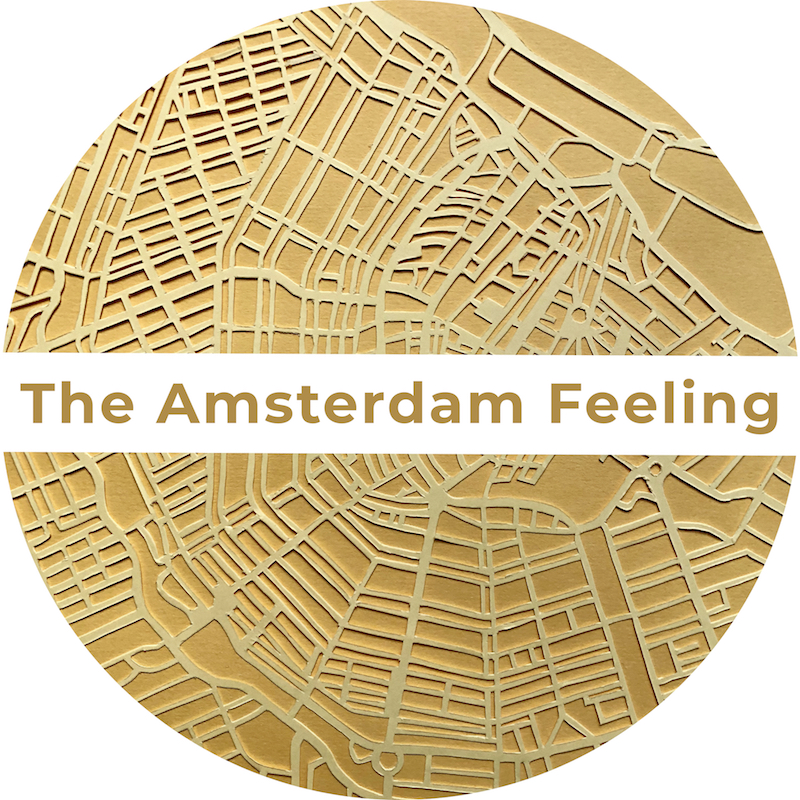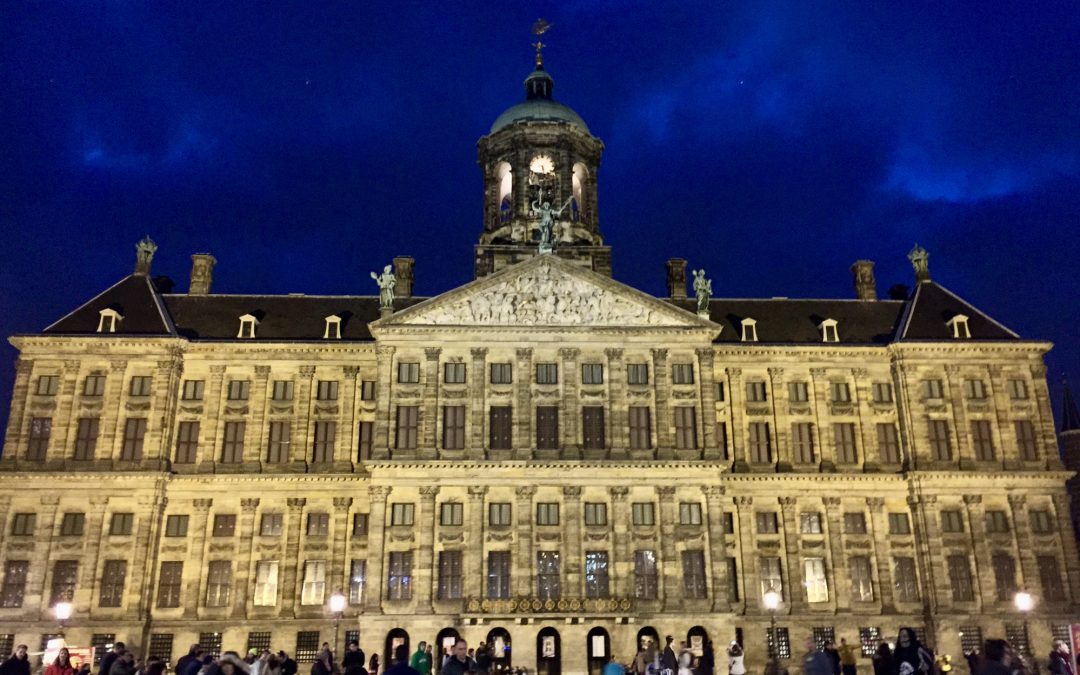Last Updated on July 18, 2024 by Christian Heide
The Royal Palace at Dam Square in Amsterdam is a true gem in the heart of the city. Originally constructed and opened in 1655 it served as the town hall of Amsterdam. Amsterdam was at its height, dominating global trade, being the richest and biggest city in the world with a population of approximately 250,000. Thus, the city needed a representative building for its citizens. Upon completion locals called it the 8th World Wonder due to its sheer size. It became the biggest building in the city.
The city council engaged Jacob van Campen, a renowned Dutch artist and architect of the Golden Age. He designed a magnificent neoclassical building that was 80 meters long, 63 meters deep and 33 meters high. It is adorned with a dome in the middle from which rises a 20 meters high tower that is crowned with a weather vane in the shape of a Dutch cog. The external appearance combines various elements of French palace construction.
The Citizens` Hall of the Royal Palace
The stunning highlight of the building is the so called citizens´ hall that was open to everybody in Amsterdam. The architect designed a magnificent hall with an impressive height and used many elements in order to underline the importance of Amsterdam in the world. When you step into the hall you will see the world map of the known world in 1650 beautifully integrated into the floor. The message conveyed here is strong: The moment you step onto the world map it feels like the world lies at your feet! Amsterdam in 1650 dominated global trade and was the richest city. You will also find the Greek mythology of Atlas carrying the world in this hall.


The city hall turns into the Royal Palace
During the Napoleonic occupation of The Netherlands, Bonaparte made his brother Louis King of The Netherlands (1806-1810). As Lodewijk (in Dutch language) preferred to reside in Amsterdam he chose the city hall as residence. It was confiscated and turned into a palace where the royal family could live. Changes had to take place as the buildings purpose was purely administrative. Bedrooms needed to be installed – and interesting enough the new king had his own private quarters on the exact opposite side than his wife. The king and queen had a difficult relationship apparently.
Lodewijk also had a balcony added to the main façade above the entrance. From here he addressed his people and appeared in public. Being so close to the people he actually became extremely popular in The Netherlands to the dismay of his brother Bonaparte Napoleon. Due to the differences the two brothers had Lodewijk abdicated in 1810 and France annexed The Netherlands.
After the defeat of Napoleon Europe returned to her national states after the Congress of Vienna in 1815. The House of Orange that prior to the occupation were the Stadtholders of The Netherlands – a sort of stewardship – became the official Dutch royal house. Amsterdam decided to leave the Royal Palace in the possession of the Royal family.



The Royal Palace today is a must-see museum in Amsterdam
However, the Royal Family does not live in the palace in Amsterdam. King Willem Alexander and his wife Maxima have continued the tradition of using the Palace of Loo as their residence. It is just an hour away from the city. For official state acts or banquets the building will still be used.
Today, however, the Royal Palace houses a wonderful museum in the heart of Amsterdam that is often overlooked by guests visiting. The audio guide is very informative and for us it is a must-see! Find more information for a guided tour here.
Things to do in Amsterdam
Visit the Royal Palace and enjoy a great audio guided tour around the impressive building. The audio guide is very informative and for us the “Paleis op de Dam” (in Dutch) is a must-see! Find more information for a guided tour here.
Book a tour with The Amsterdam Feeling. The Royal Palace is part of the three hours walking tour right at the beginning of the experience. Learn more about the history of Amsterdam and The Netherlands including the royal house. Check out our “Explore hidden streets” Tour.

